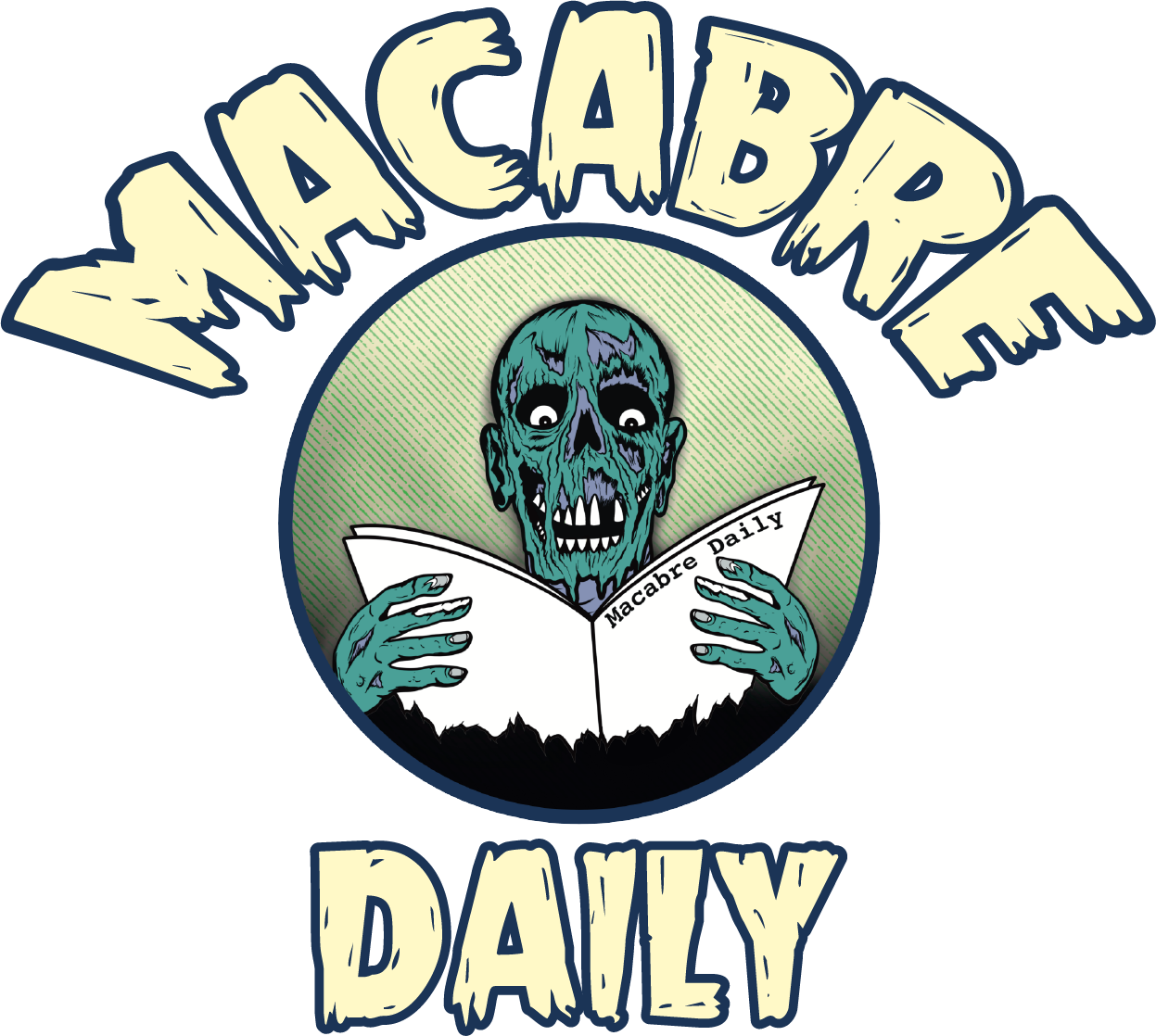An Interview with Christopher Griffiths and Gary Smart, Directors of 'Hollywood Dreams & Nightmares: The Robert Englund Story!'
As “Dead Mouse Productions,” Gary Smart and Christopher Griffiths have been making horror documentaries for a decade. You may have seen their comprehensive retrospectives “You’re So Cool, Brewster: The Story of Fright Night,” “Leviathan: The Story of Hellraiser and Hellraiser II” or their recent “Pennywise: The Story of It.” Dead Mouse’s latest doc, “Hollywood Dreams & Nightmares: The Robert Englund Story,” is a slight change of pace that focuses on the career of one actor. Smart and Griffiths sat down to discuss their latest film, how documentary filmmaking has changed since they started, and the “Zelig”-like career of the iconic Robert Englund.
To fully appreciate Robert Englund, you have to know he’s more than just Freddy Kruger. How did you balance expectations of Freddy coverage versus Robert’s full story?
Chris Griffiths
Chris Griffiths: We’ve never tackled a career before and it was actually one of my favorite challenges. [Englund] had already done “Never Sleep Again,” a 4-hour documentary on the whole franchise. Gary approached Robert with the prerequisite that if you want to talk about Freddy, you get an interview, but if you want to talk about his career, you get everything [Laughs]. Archives, and all that. The mission of the documentary is to go beyond the glove, but talking about “Elm Street” is unavoidable. It was fun to see how we can tackle that series from a different perspective, mainly Robert’s. That section of the film is what I call “the ‘Scarface’ rise-to-power montage.”
And “The Dream Child” is where he sticks his face in the massive pile of cocaine.
CG: [Laughs] I always love the legacy sections of documentaries, where you see how your subject has entered pop culture, which we focused on. I’m pretty happy with what we’ve done. What do you think, Gary?
Gary Smart
Gary Smart: You have to talk about Freddy. The whole point is that it’s a blessing and a curse. The blessing, and the reason for the doc is Freddy Kruger, but the curse is wondering what his career could have been otherwise.
CG: We realized there’s not much drama in Robert’s life. Kane Hodder had his stunt accident, Danny Trejo went to prison, and there’s not much of that in Robert’s career, but it gave us things to grab onto. It was good to be able to develop that relationship with him where we could ask “was it a blessing or a curse? How DO you feel about that?” You can see how honest he is about it and how he ultimately accepted it. That’s why he is one of the last horror greats. He even says “I used to be the antagonist, but now I’m the professor, the mad scientist, or the man who tells the campfire stories.” That’s what’s really endearing. He is a modern day Bela Lugosi or Vincent Price.
You mentioned this is your first doc that focuses on a single person instead of one film or a franchise. What was it like to make that shift in subject matter?
GS: At the end of the day, it’s really about the story. Trying to find interesting stories, which me and Chris refer to as gold. “Where’s the gold?” With a career-spanning documentary, you have boxes to tick, especially before Freddy like with “Stay Hungry” and “Big Wednesday.” You try to find talking heads who can add to stories beyond face value. Sometimes you get trapped, like when our first edit became a “making-of” for a few of his films. You want to find where Robert is in those films, as an actor, a colleague, a director. I think we cover 30-40 films.
CG: It was quite nice to have the flexibility. With “Pennywise: The Story of It,” we were stuck in 1989 when it was filmed. With this film, I was excited to get into the 70’s and 80’s which I love. Musically, it was interesting too. Like, you can’t just have synthwave over the whole thing, especially not when you’re talking about a drama in the 70’s in the deep South [Laughs]. We actually had a different edit that played at Sitges last year, which we expanded upon. The “Halloween” anecdote wasn’t in that cut, and we knew we had to at least have the story of Freddy Kruger dishing out leaves on the set of “Halloween!” That’s the amazing story of his career, when you see how many other icons he’s interacted with.
“Alicia, Uma, Uma, Alicia…”
Documentaries are massive undertakings. What was your greatest challenge on the film and how did you overcome it?
GS: It’s always time and resources. The world of independent documentaries has changed massively. When we started doing these films 10 years ago, there weren’t these mammoth horror and action docs, which raised $500,000 on Kickstarter. We raised like $12,000!
CG: That was our biggest problem. We definitely bit off more than we could chew [Laughs]. We thought “sure, we could do that for that amount of money,” then you get to the later stages and you realize you need so much more. So thank you, Screambox! We still have full-time jobs, but now we’ve hit our stride and we have support to make these things.
Interview edited for length and clarity.
HOLLYWOOD DREAMS & NIGHTMARES: THE ROBERT ENGLUND STORY is now on Screambox and Digital with a Blu-Ray coming on July 25, 2023.
Stay up to date with “The Dark Side Of Pop Culture” by following MacabreDaily on Instagram, Facebook, and Twitter.















